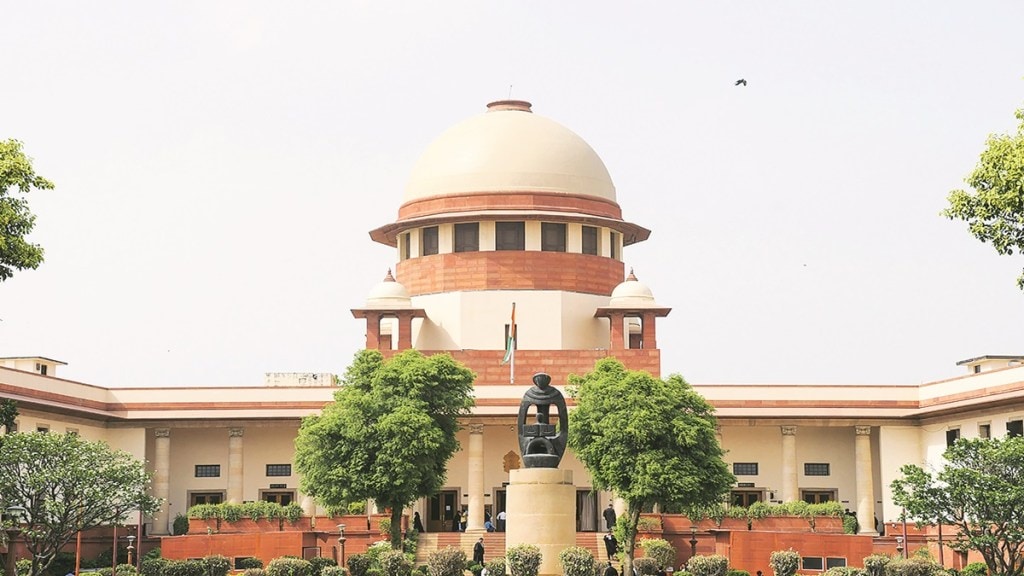Harvard College, founded in 1636, is the core of Harvard University. New schools/colleges have been added in the last four centuries, but the pride of place is occupied by Harvard College that offers graduate and post-graduate courses. For good reason: over 60,000 students applied in 2022, fewer than 2000 were admitted. As the US Supreme Court noted “Harvard is thus no easy feat. It can depend on having excellent grades, glowing recommendation letters, or overcoming significant adversity. It can also depend on your race.”
Earlier, the contest was between white Americans and black Americans. When I was admitted to Harvard Business School, in a class of about 750, there was a sprinkling of black Americans, a handful of Asians (four of Indian origin) and a couple of Africans. But America has changed dramatically. The battle for admission is now fought by whites, blacks, Asians, Hispanics, Africans and students from the Middle East. The latest court battle was instituted by Students For Fair Admission, Inc against the President and Fellows of Harvard College. The second case was against the University of North Carolina, another old university. In a typical year, UNC receives 43,500 applications and admits 4200 in the freshman class.
Adversity vs equality
The central issue in the two cases was whether race (an adverse factor) can be considered as a relevant criterion for selection. That issue has troubled America since the 13 British colonies declared their Independence on July 4, 1776. The issue led to the Civil War (1861-1865).
The issue of race versus Constitutional guarantee of equality has engaged the US Supreme Court since 1896. The issue was tested on the anvil of the Fourteenth Amendment to the US Constitution that reads:
“No State shall make or enforce any law which shall abridge the privileges or immunities of citizens of the citizens of the United States; nor shall any State deprive any person of life, liberty, or property, without due process of law; nor deny to any person within its jurisdiction the equal protection of the laws”
These fundamental rights were incorporated, almost verbatim, in Articles 14 and 21 of the Constitution of India.
The history of the Fourteenth Amendment reflects the history and evolution of race relations between white and black Americans. In 1896, the US Supreme Court propounded the theory of ‘separate but equal’. It was reversed in 1954 in Brown vs Board of Education which held that ‘separate cannot be equal’. Racially discriminatory laws were subjected to ‘strict scrutiny’ and allowed to stand only when there was a ‘compelling governmental interest’ and the use of race was ‘narrowly tailored’. In two subsequent decisions — Regents of University of California vs Bakke (1978) and Grutter vs Bollinger (2003) — the Court affirmed the view that “student body diversity is a compelling state interest that can justify the use of race in university admissions”. The Court also deferred to the Universities’ judgement on selection of students.
After 20 years, the above statement of law has been overturned. The irony is that the law has been re-written not at the instance of the majority white Americans but at the instance of a student body that claimed to represent other minorities, especially Asian-Americans!
Republican vs democrat
The Harvard and UNC cases were decided by a majority of six justices to three. They have been labeled as Conservatives and Liberals. The six ‘conservative’ judges, Chief Justice John Roberts and Justices Thomas, Alito, Gorusch, Kavanaugh and Barrett, were appointed by Republican Presidents. The three ‘liberal’ judges, Justices Sotomayor, Kagan and Jackson, were appointed by Democratic Presidents. Superficially, it is conservative vs liberal judges; in reality it is Republican-appointed vs Democrat-appointed judges.
By the same majority of 6:3, in Planned Parenthood vs Casey, the US Supreme Court overturned Roe vs Wade (1973) that had declared the right of a woman to abort her child. Polls show that 60% of Americans disapprove of the decision in Casey.
The judgement in the Harvard and UNC cases illustrates the danger of conferring the power to select judges on the political executive. A President whose party controls the Senate can appoint any one as a Judge as long as the nominee shares the ideology of the President’s political party. Thrown out of the window are the fundamental principles of the Constitution, Constitutional history and morality, precedents, evolution of public opinion and, above all, current ethos and wishes of the majority of the people.
Judges’ predispositions
There is a lesson for India. Reverting to the earlier pre-Collegium position of empowering the Executive (prime minister) to select judges of the Supreme Court and the High Courts would be dangerous in a highly polarized nation. Reserving the power exclusively to the Collegium is equally unacceptable because the 5 judges of the Collegium have their preferences and predispositions. It may be rare that an undeserving judge was appointed to the higher judiciary but there are numerous cases of eminently deserving persons who were overlooked or the recommendations of the Collegium were rejected by the government or inordinately delayed. Besides, diversity and representation on the Court have been major casualties.
Equality is the desired norm, adversity is a harsh reality, diversity is a felt need. To balance the three, we must have a mechanism to select judges who will be faithful to the fundamental principles of the Constitution.
